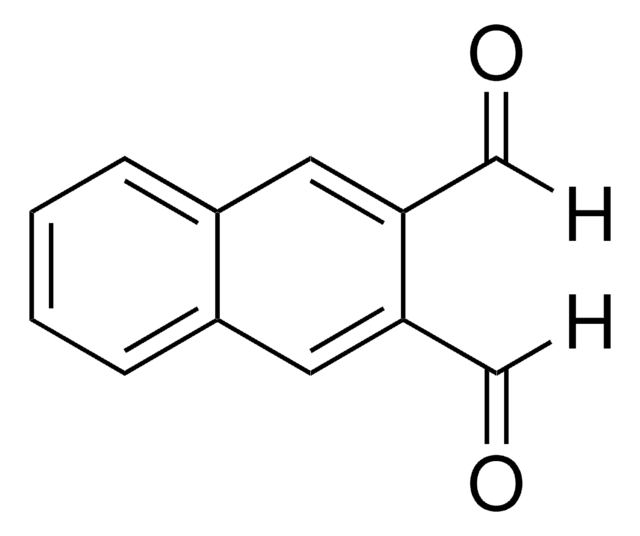31669
Tin(II) chloride dihydrate
puriss. p.a., ACS reagent, reag. ISO, reag. Ph. Eur., ≥98%
Synonym(s):
Stannous chloride dihydrate
About This Item
grade
ACS reagent
puriss. p.a.
Quality Level
agency
USP/NF
reag. ISO
reag. Ph. Eur.
assay
≥98%
form
fine crystals
impurities
≤0.002% ammonium (NH4)
≤0.005% insoluble in hydrochloric acid
≤0.01% other heavy metals (as Pb)
≤0.05% subst. not precip. by H2S (SO4)
bp
652 °C (lit.)
mp
37-38 °C (dec.) (lit.)
anion traces
sulfate (SO42-): ≤20 mg/kg
cation traces
As: ≤1 mg/kg
Ca: ≤50 mg/kg
Cu: ≤10 mg/kg
Fe: ≤20 mg/kg
K: ≤50 mg/kg
Mg: ≤50 mg/kg
Mn: ≤5 mg/kg
Na: ≤50 mg/kg
Ni: ≤5 mg/kg
Pb: ≤50 mg/kg
SMILES string
O.O.Cl[SnH2]Cl
InChI
1S/2ClH.2H2O.Sn/h2*1H;2*1H2;/q;;;;+2/p-2
InChI key
FWPIDFUJEMBDLS-UHFFFAOYSA-L
Looking for similar products? Visit Product Comparison Guide
Related Categories
General description
Application
- Synthesis of indoles.
- Preparation of aldehydes.
- As Lewis acid catalyst for the synthesis of 3-aminoimidazo[1,2-a]pyridines, via multi-component reactions.
signalword
Danger
Hazard Classifications
Acute Tox. 4 Inhalation - Acute Tox. 4 Oral - Aquatic Chronic 3 - Eye Dam. 1 - Met. Corr. 1 - Skin Corr. 1B - Skin Sens. 1 - STOT RE 2 Oral - STOT SE 3
target_organs
Cardio-vascular system, Respiratory system
Storage Class
8B - Non-combustible, corrosive hazardous materials
wgk_germany
WGK 3
flash_point_f
Not applicable
flash_point_c
Not applicable
Certificates of Analysis (COA)
Search for Certificates of Analysis (COA) by entering the products Lot/Batch Number. Lot and Batch Numbers can be found on a product’s label following the words ‘Lot’ or ‘Batch’.
Already Own This Product?
Find documentation for the products that you have recently purchased in the Document Library.
Customers Also Viewed
Our team of scientists has experience in all areas of research including Life Science, Material Science, Chemical Synthesis, Chromatography, Analytical and many others.
Contact Technical Service







